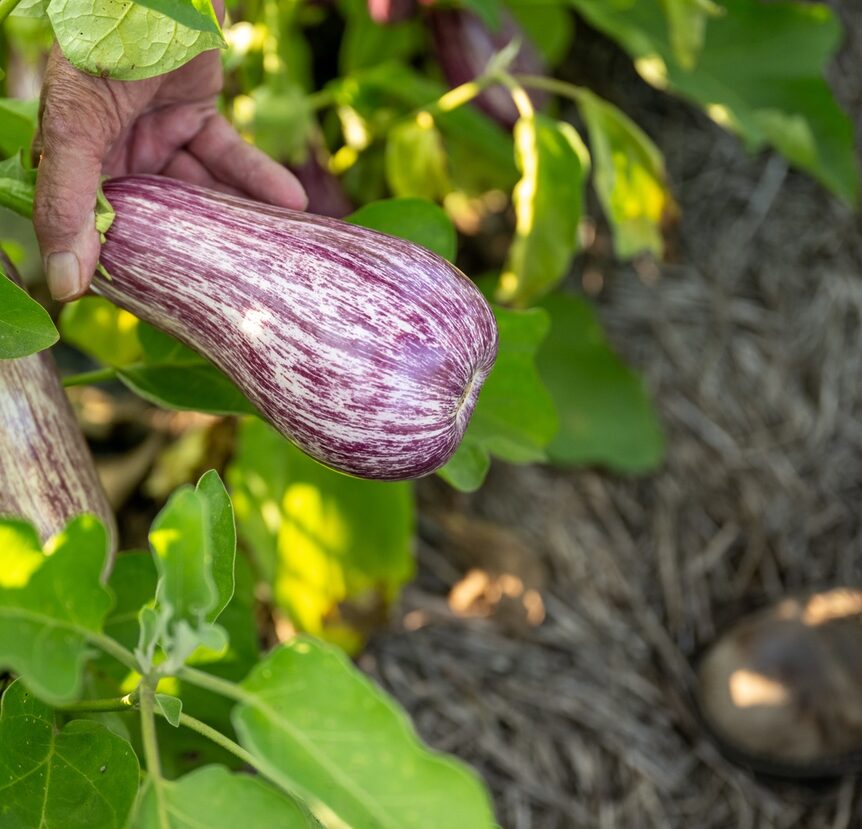Last week, I introduced the topic of regenerative market gardening. I noted that biology always trumps chemistry, and so the key to successful market gardening is ensuring that you have thriving soil biology. I introduced the six essential steps to creating a healthy soil microbiome. Today we’ll dive into the first step: creating the physical environment that soil biology need to thrive.
Topsoil as a petri dish
The point of view to approach the physical environment from is that we must consider our topsoil layer as a laboratory petri dish: it needs to have the most abundant and active microbial populations possible. When we succeed in promoting thriving soil biology, it has the capacity to supply the plant’s nutritional requirements (with some exceptions, which I’ll cover later).
When we begin thinking of topsoil as a petri dish, then it becomes clear that we need to regulate two things: temperature and water.
This has always been important, but it is becoming increasingly important given the climactic vagaries of the present moment.
Many growers consider soil organic matter to be a silver bullet to withstanding drought and rainfall–it’s well known that each percentage increase in organic matter increases the soil’s water holding capacity by as much as 25,000 gallons per acre.
But it is not enough to simply have high organic matter in your soils.
I’m not ignoring the need for organic matter–it’s very important. But the severe weather events that we now need to accommodate are more extreme than they have been, and organic matter alone is not enough to mitigate them. We thus need to regulate water and temperature much more closely than we have in the past.
Temperature
There is one cardinal rule regarding soil temperature: the soil’s surface must never be bare.
Let’s consider two facts:
- Bare soil can heat to as much as 140°F at the surface and 110-120°F 3-4 inches down.
- Enzymes are denatured at temperatures over 110°F.
So anytime we have bare soil exposed to sunlight, enzymatic and microbial activity shut down. If we want to develop robust soil microbial populations, we can never have soil exposed to the sun. It must always be covered by living plants or by mulch. I will cover both mulching and cover crops in more detail in a future post.
Moisture
Our experience at AEA has shown that soil biology can recover easily from extended dry conditions, but not as easily from extended wet conditions.
In dry conditions, biology goes dormant, or survives on the thin water films on the surfaces of soil particles or within soil aggregates. It recovers quickly as soon as it rains.
However, biology cannot survive extended wet periods. Complete soil saturation for just 72 hours is long enough to deplete all the dissolved oxygen within the soil. The moment oxygen has been depleted, many of the beneficial organisms that we need in vibrant soil ecosystems shut down, and the biological profile of the soil rapidly changes. This is not acceptable.
Drainage
Given the climate we live in, with extremely wet conditions becoming increasingly common, drainage is imperative. If we don’t have natural features like a slope, then we need to facilitate the water’s ability to move quickly off our land.
I’ve observed a form of field tiling that has become more popular in the past 10 years that I am incredibly impressed with. The traditional method of drainage tiling is to use 4″ drain tile, buried 36-48″ deep and 20-25′ apart. Growers are now using shallow drain tile that is only 2″ in diameter, buried 15-18″ deep, and placed 12-15′ apart.
This form of drain tile provides a Goldilocks solution for both drought and flooding. First of all, the drain tile is shallow enough and close enough together to rapidly dry out the top soil horizon, where the biology lives, after extreme rain events. But on the other hand, it’s shallow enough to not disrupt the natural water table; root systems are still able to reach the water table in drought conditions.
Once the soil’s physical environment is suitable for biology, and temperature and moisture have been properly managed, then we can move to step 2, and add biology that has been lost.
Don't miss John Kempf's next post about market gardening. Subscribe.
You'll get each post to your inbox (~1x/week).
You may unsubscribe at any time. We value your personal information. Here's our Privacy Policy.
"*" indicates required fields


